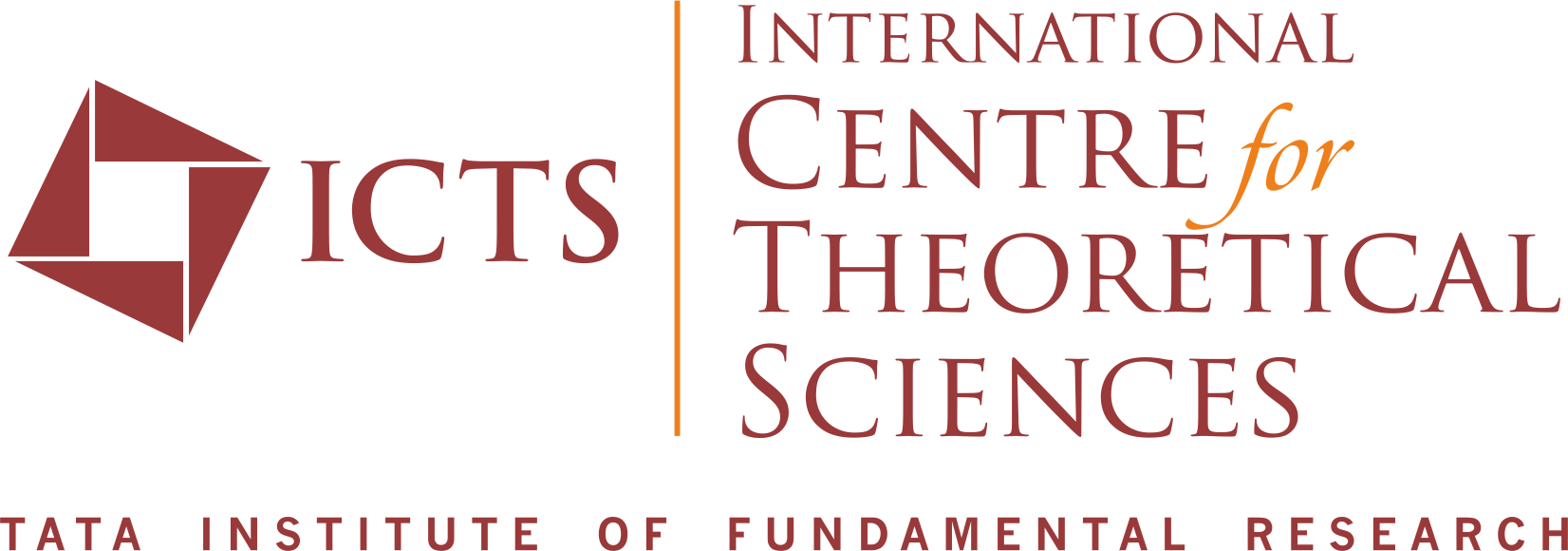Abstract: Our understanding of Nature is composed of separate descriptions addressing phenomena at different length scales. Progress in science occurs in two opposite directions. One direction is the search for fundamental laws at shorter distances, laws that underlie the descriptions at longer distances. The other direction is the discovery of new long-distance consequences of these basic laws. We will demonstrate this two-way approach using several examples from different branches of science. We will also argue that this two-way approach will likely change in the context of string theory.
About the Speaker: Seiberg received his Ph.D. in 1982 from the Weizmann Institute of Science, where he worked from 1985–91 as a Senior Scientist, an Associate Professor and a Professor. During the years 1989–97 he was a Professor at Rutgers University.
After having visited the Institute for Advanced Study on several occasions as a Member and a Visitor from 1982–95, he joined the Faculty of the School of Natural Sciences in 1997. Since 1998 he has also been a Visiting Lecturer with rank of Professor at Princeton University. Seiberg received many awards and honors including the John D. and Catherine T. MacArthur Foundation Fellowship, the Oskar Klein Medal, the Dannie Heineman Prize for Mathematical Physics of the American Physical Society and the American Institute of Physics, the Breakthrough Prize in Fundamental Physics, and the Dirac Medal of the International Center for Theoretical Physics. Additionally, Seiberg is a member of both the American Academy of Arts and Sciences and the National Academy of Sciences.
Seiberg is a mathematical physicist, whose research has made major contributions to understanding string theory, quantum field theory, particle physics, and condensed matter physics. His exact solutions of theories have uncovered unexpected insights, including the fundamental role of electric-magnetic duality in quantum field theories, and they have led to many applications in physics and mathematics. Recently, he explored the role of dualities, symmetries, and anomalies in several systems of interest in condensed matter physics.
Supported by: Shibulal Family Philanthropic Initiatives (SFPI)



